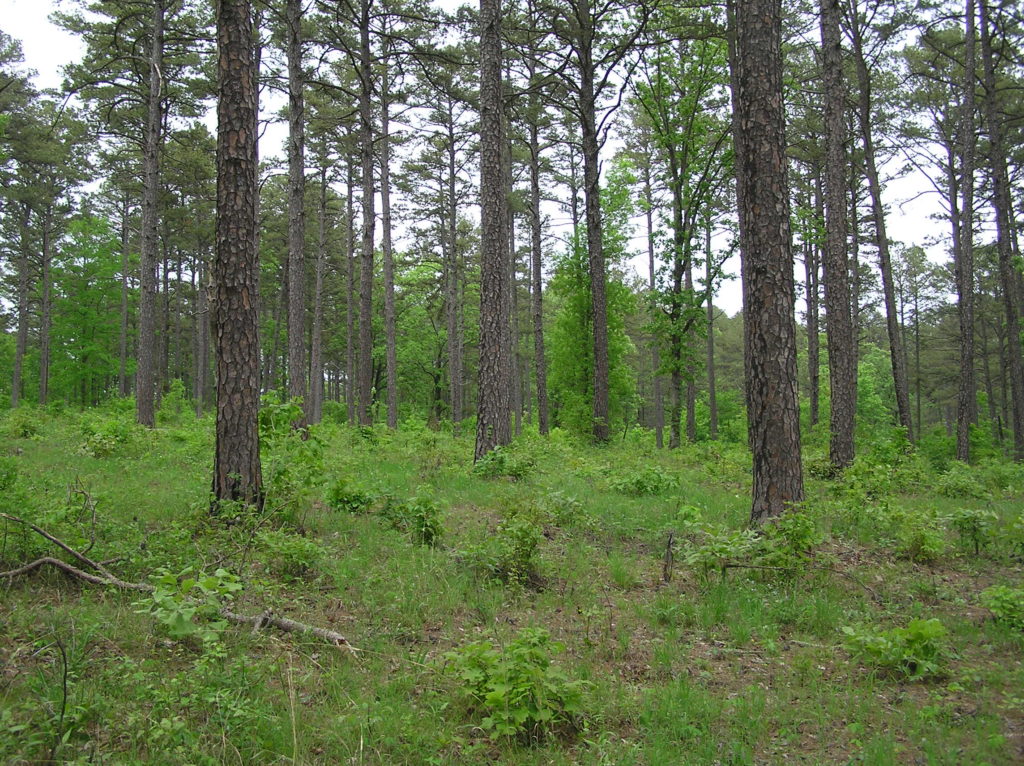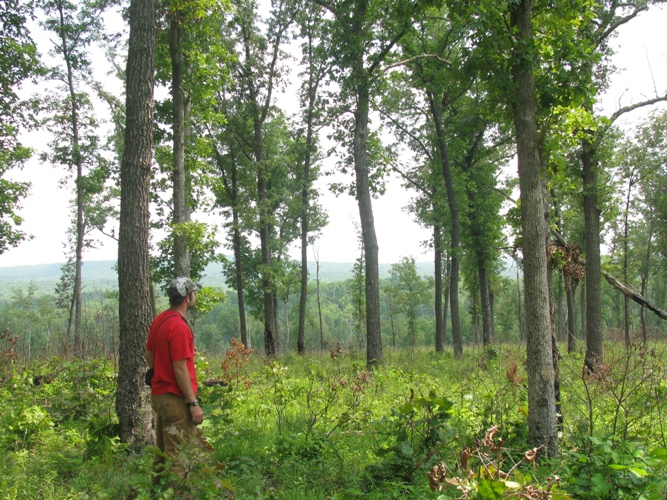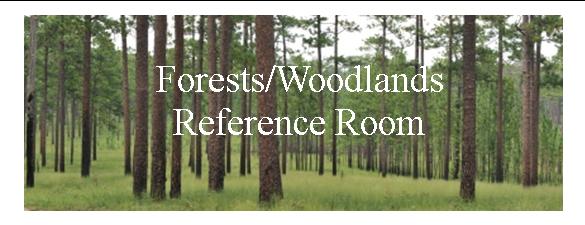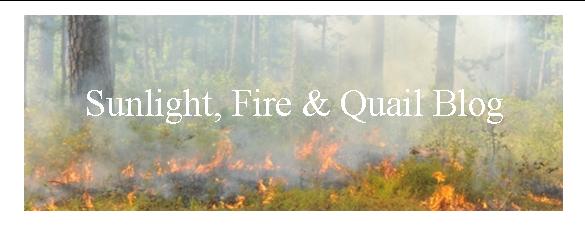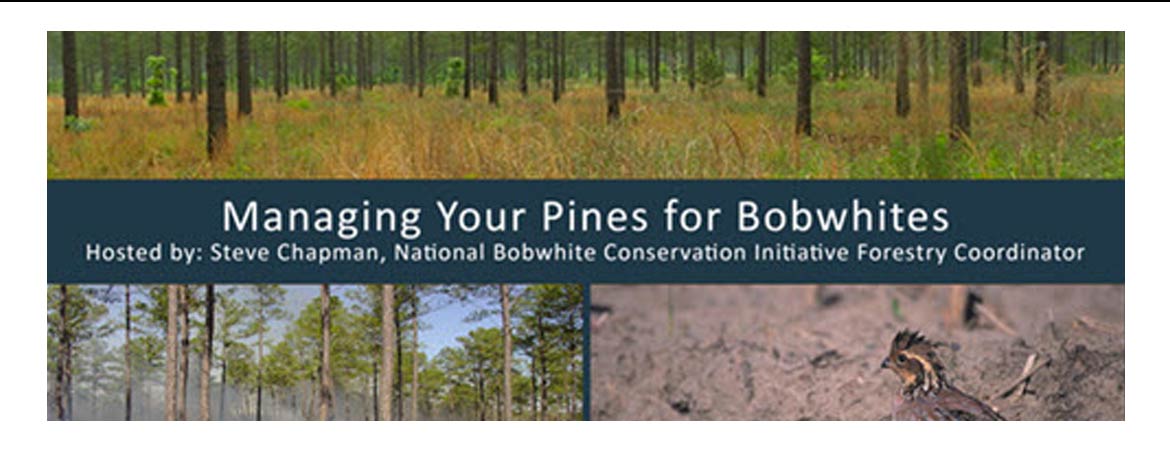NBCI’s ArcGis Story Map:
“Managing Your Pine Forests for Sunlight, Fire, and Quail”
Northern Bobwhites once thrived throughout a vast grassland ecosystem of open pine forest across the southeastern US. However, slow but dramatic change has occurred in the condition of pine forests over the last 75-80 years. Today, bobwhites and pine forests are largely disconnected. Changes in land use and decades of incompatible forest management have converted millions of acres of open forested grasslands into closed-canopy pine stands that provide no bobwhite habitat.
The loss of suitable habitat from changing land use practices – most notably more intensive agriculture, urbanization and a dramatic decline in active, purposeful forest management with the use of fire has had a crushing impact on a once iconic species … as well as numerous songbirds, pollinators and other wildlife.
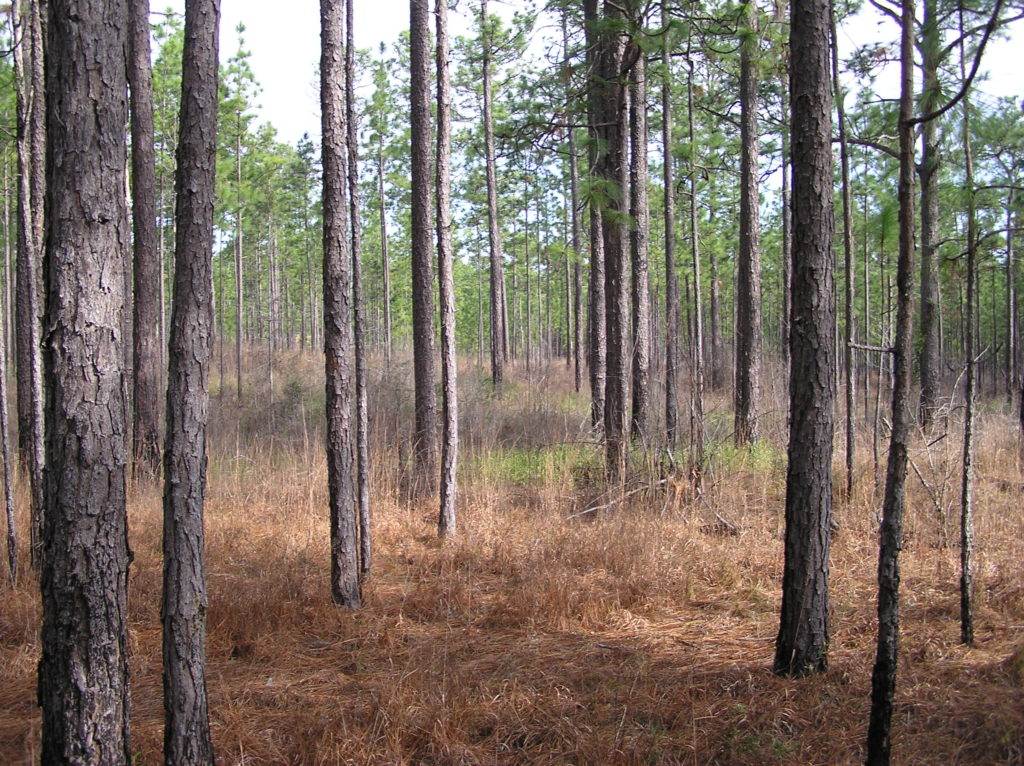
And while we typically think of the classic bobwhite habitat in an agricultural context (and this will indeed remain an opportunity if federal policy embraces native grasses), our most effective habitat work on behalf of bobwhites could actually occur in the forested landscape from New Jersey to Texas and Oklahoma to Florida. Bobwhites thrive in forested stands that have been thinned to allow sunlight to reach the forest floor and where these same stands have received a frequent application of prescribed fire. It matters little if the forest is an open post oak savanna, or one of the various species of southern yellow pine such as loblolly, longleaf, shortleaf and others. (A rule of thumb is that when the sun is directly overhead, 50% of the ground should be in sunlight.)
The combination of sunlight and regular prescribed fire is what produces the understory habitat crucial to bobwhites, that magical mix of native grasses, forbs (weeds and wildflowers), woody shrubs and sufficient bare ground between them for bobwhites to put one foot in front of the other, to nest, find food and seek refuge from predators and weather. This is habitat easily incorporated into especially the southern pine landscapes where fire can be applied throughout the life of a forest stand without damaging timber for later commercial harvest.
Click here to visit our collection of Forest/Woodlands documents.
